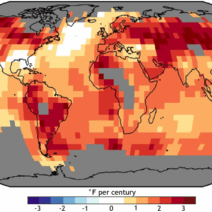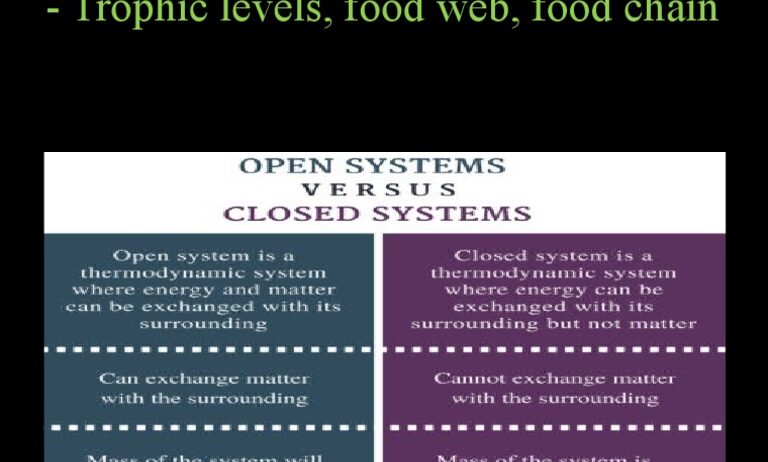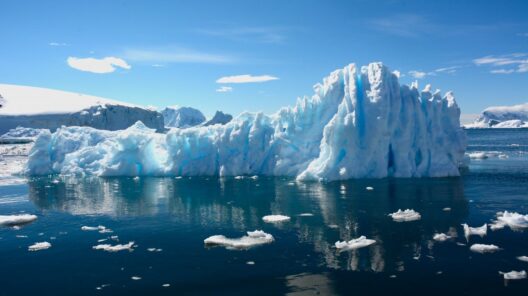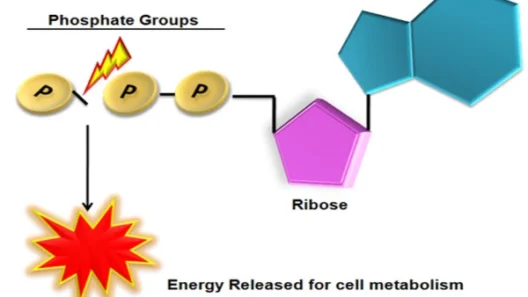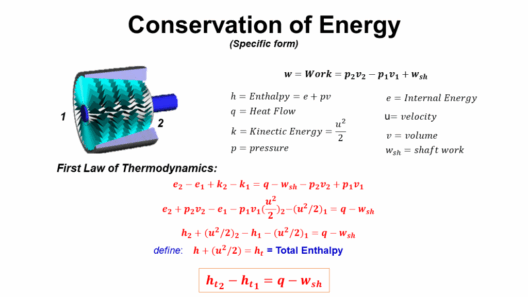Conservation of energy, a cornerstone principle of physics and ecology, manifests remarkably within two distinct frameworks: open systems and closed systems. This narrative unfurls the intricate dynamics of energy conservation, revealing how these systems operate and glorifying the awe-inspiring mechanisms at work. The comparison beckons deeper inspection, encouraging contemplation of our environment and its complex interactions.
Primarily, an open system is characterized by the exchange of energy and matter with its surroundings. The ecosystem, for example, exemplifies an open system where organisms incessantly interact with their environment. Through processes such as photosynthesis, animals consume food, and humans harness resources, energy traverses the boundaries of these systems, leading to dynamic interactions. The energy flow in open systems fosters biodiversity, as varied species adapt, thrive, and govern their existence based on the resources at their disposal.
In stark contrast, a closed system involves minimal interaction with its external environment, leading to the sequestration of energy and matter within defined boundaries. The Earth can be seen as a largely closed system when considering the extensive cycle of energy and materials. Solar energy constantly feeds the planetary ecosystem, sustaining life while a considerable portion is absorbed or reflected back into space. Understanding this distinction is paramount; the limitations of closed systems compel reliance upon internal resources, while open systems benefit from external exchanges.
To comprehend the implications of conservation of energy within these systems, consider the hydrological cycle as an emblematic open system. Water continuously evaporates from oceanic bodies, travels through the atmosphere as vapor, and precipitates back as rain. The cyclic nature of this process epitomizes energy conservation whereby water transitions between states—solid, liquid, and gas—while energy is absorbed or released in the process. The hydrological cycle illustrates the unyielding balance of energy flow, crucial for sustaining terrestrial ecosystems and hydrating flora and fauna.
Likewise, photosynthesis in plants demonstrates energy conservation through its open system attributes. Plants absorb sunlight, carbon dioxide, and water; through biochemical processes, they synthesize glucose, storing energy in chemical bonds while releasing oxygen. This energy cascade initiates a food chain, wherein herbivores consume plants, and subsequently, carnivores prey upon them. Energy transfer through various trophic levels underscores the interdependence within ecosystems, showcasing how energy conservation enables life to flourish amidst complexity.
On the flip side, the nuanced workings of closed systems birth fascinating phenomena. A notable example resides in geothermal energy, where the Earth’s internal heat generates energy harnessed for electricity in several nations. Here, energy remains largely contained within geological formations; steam is extracted, leading to power generation. Despite limited interactions with external forces, the conservation of energy persists, as the heat is recycled within the earth, emerging as a sustainable resource. The transient essence of geothermal energy encapsulates the transformative potential of closed systems while providing profound insights into energy management.
Nevertheless, the intrinsic properties of open and closed systems open the door to a plethora of interpretations regarding energy conservation. Open systems thrive on biodiversity and adaptive mechanisms that induce resilience. Yet, they remain susceptible to fluctuations—drought, pollution, and habitat destruction threaten the delicate equilibrium. Conversely, closed systems can manage energy resources effectively, but dependency on internal balances can lead to stagnation, rendering them vulnerable to depletion if not managed sustainably. The juxtaposition of these attributes raises vital questions about energy management practices and resource allocation in an increasingly strained world.
Consider the atmosphere—a quintessential example of an open system, where gas exchange supports life on Earth. The intricate ballet of greenhouse gases showcases the dance of energy conservation and climate change. Greenhouse gases trap heat, sustaining life by regulating temperatures. However, excess emissions from anthropogenic activities disrupt this delicate balance, highlighting the fragility of open systems amidst human intervention. The resulting impact on global temperatures and climate illustrates how the conservation of energy can spiral into broader environmental challenges.
By adopting a conservationist ethos, communities can foster the symbiosis between open and closed systems. Engaging in responsible resource management—practices such as sustainable agriculture, renewable energy integration, and habitat restoration—propagates a revitalization of ecosystems. These efforts not only safeguard biodiversity but also illustrate the marvel of energy conservation in action. The balance strikes between harnessing resources and preserving ecological integrity carries euphoric potential.
The interplay between open and closed systems ensures energy conservation becomes a collective consciousness—an understanding woven through human endeavors as much as natural processes. As we endeavor to mitigate our impact on the environment, recognizing the inherent value of both systems allows for transcendent solutions to emerge. Working toward sustainability, we can see the conservation of energy not merely as an abstract principle but as the lifeblood sustaining our planet.
In conclusion, conservation of energy can be witnessed intricately interlaced within the functions of open and closed systems. These systems each present unique characteristics that speak volumes about life, resilience, and the delicate balance of our environment. By immersing ourselves in this knowledge, we advocate for a harmonious interplay, contributing to a sustainable existence. Embracing the complexities behind systems through the lens of energy conservation bestows the imperative to act responsibly. Energy conservation is, indeed, a dynamic story still unfolding in the tapestry of life on Earth.
